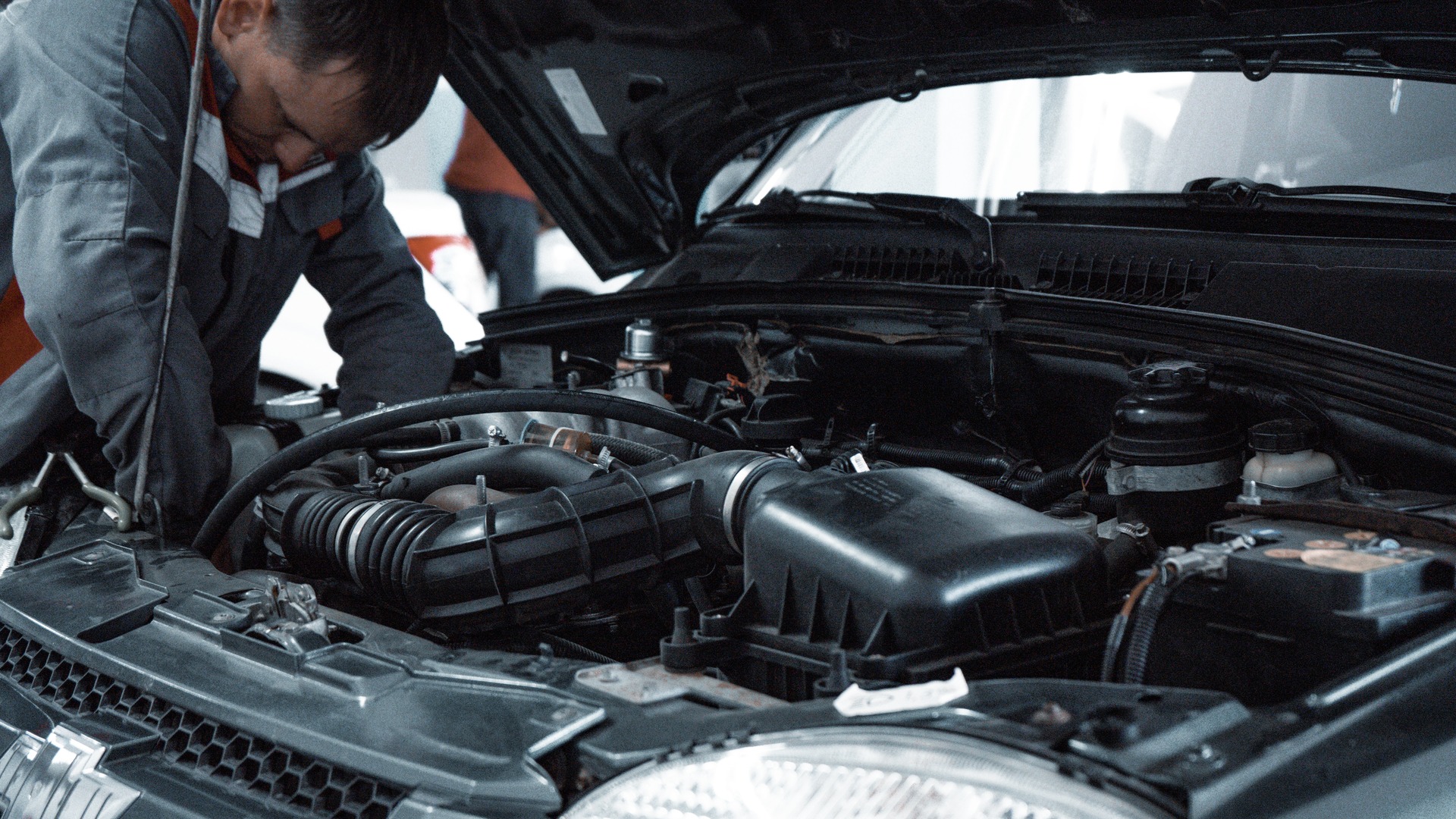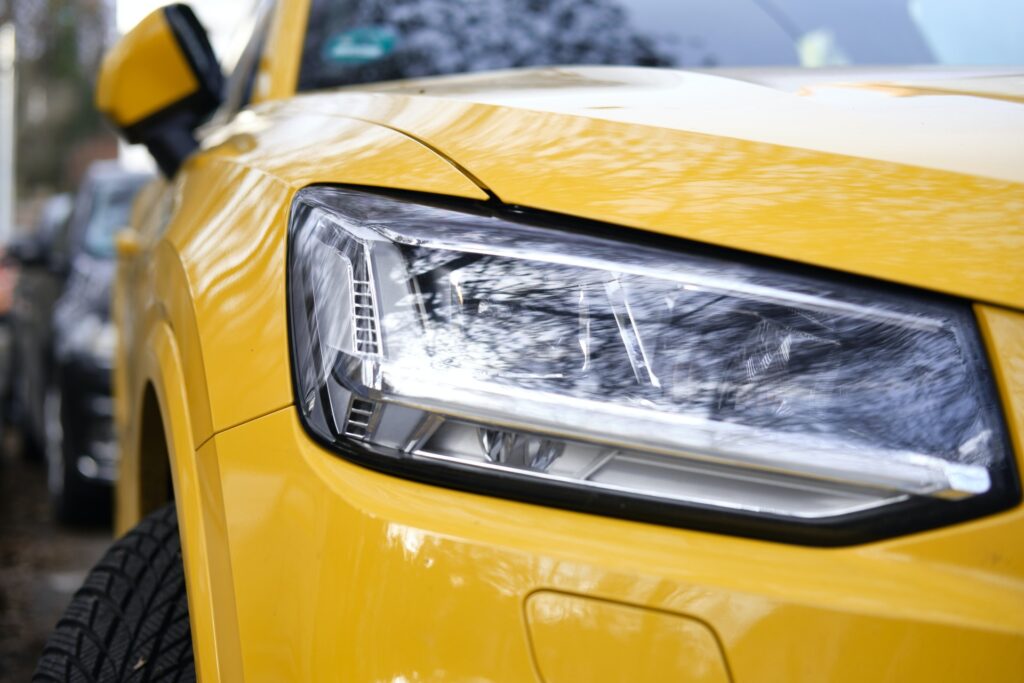DIY Car Repairs: Auto Maintenance You Can Do Yourself (Updated for 2024)
Jun 14, 2023

As an Amazon Associate, Modded gets commissions for purchases made through links in this post.
Auto repairs getting you down? Don’t worry – many of the things that go wrong with cars are actually simple fixes. If you can hold a wrench and a flashlight, you can perform a DIY car repair — even if you have no technical skills.
This DIY car repair guide takes you through nine simple maintenance tasks that you can do at home without taking your car into the shop.
Repair Rusted Panels
What to watch for: Rust is a coating of iron oxide that forms when metal corrodes. The coating is easy to spot, especially if it has worn a hole in your car’s metal. Sometimes it’s not even necessary to replace rusted panels. If the rust is still surface-level, you can clean it off with the following solutions:
- Rust Neutralizer
- WD40
- Soda
- Citric Acid
- Vinegar
If the rust has small scales and has eaten holes into the metal, then it’s time for a replacement. This type of rust is called “scale rust” or “penetrating rust.” It weakens the car’s frame and jeopardizes your safety, so you need to replace the panels as soon as possible.
Fortunately, replacing car panels is easy. You just need to find a replacement panel, unscrew the old one and screw the new one in its place. Then all you have to do is paint the new panel to match the rest of your car.
Tools you’ll need: Sander, grinder, sandpaper, primer, paint, face protection
Replacing the Battery and Alternator
What to watch for: When your car won’t start and the accessories won’t turn on, you can blame it on your battery or alternator. Before replacing them, though, make sure they’re fully dead by testing them with a multimeter. If the multimeter doesn’t show enough power for either one, they will need to be replaced.
You can locate the battery and alternator by consulting your car’s manual. Be sure to read through the instructions carefully – electricity electrocution is a real possibility when messing with your car’s electrical components. Now that we mention it, it’s a good idea to consult your car’s manual before doing any DIY car repair.
Tools you’ll need: Socket wrench set, wrenches, screwdriver, multimeter
See also: Why Your Car Won’t Start With a Jump
Replacing a Burnt Out Headlight Bulb
What to watch for: Changing a light bulb has become a bit more challenging, thanks to the modern shapes of sealed-beam headlights. Luckily, on most cars, it’s pretty easy to access the bulbs.

First, you need to see how clean or dirty your headlights are. Sometimes they look burnt out if they have a layer of dirt and grime over them. Start your DIY car repair by cleaning off the headlights so you can see the bulbs better.
A dead or broken bulb is the most likely reason for your headlight problems. Replacing one is as simple as lifting up the hood and looking at the back of the headlight to find out what bulb you need. While older vehicles may require more steps, the DIY car repair process is virtually the same for this particular job.
Tools you’ll need: New bulb, screwdriver
Replacing Brake Pads
What to watch for: If your brakes are making a squealing noise, they need to be replaced. However, if they make a grinding noise, that means the rotor needs replacing and you should take it to a shop. DIY car repairs shouldn’t get too complicated.
Brake pads must always be kept in top condition to prevent accidents. The brake pads stop the car by applying friction. Brake pads have a built-in warning system that makes a squealing noise when the pad wears down.
Tools you’ll need: Lug and Allen wrenches, c-clamp, lug wrench, car jack, hammer
Plugging a Tire
What to watch for: You’ll know when something has punctured your tire when you’re driving – your steering may feel heavier, the wheel may shudder or your car might swerve violently to the left or the right. A tire plug is a temporary DIY car repair solution that will buy you some time until you can bring the car in for a replacement.
Tools you’ll need: A tire plug repair kit from an auto parts store
Changing Windshield Wiper Blades
What to watch for: If your windshield wiper blades seem like they’re scraping across your windshield rather than wiping, the rubber on the blades has worn down. It is unsafe to drive with ineffective wiper blades. Changing the blades is quick and easy – it just involves sliding the old blade out and sliding the new one in.
Tools you’ll need: New windshield wiper blade
Replacing Spark Plugs
What to watch for: Spark plugs are located inside the engine. They ignite the gas and air mixture that starts the engine. Signs of a dead spark plug include trouble starting the car, a rough idling sound, reduced gas mileage or failing an emissions test.
Tools you’ll need: Three-eighths inch socket wrenches, ratchet extensions, new spark plug
See also: How to change a spark plug
DIY Car Dent Repair
What to watch for: Car dents are small divots in your car’s sheet metal that often occur from minor collisions. They usually appear on the bumpers. Sometimes they also cause paint damage, which makes them easier to spot.

A DIY car dent repair is possible, but it might take a few tries. The repair method depends on the severity of the dent. If it’s just a small dent, you might be able to fix the dent with a plunger. The force of the suction cup can pull shallow dents right back into place.
You can also perform a simple DIY car dent repair on plastic parts, such as the bumper. Just pour boiling water over the dented area and push it back into place from the backside. You can easily reach behind the bumper, so this fix may take just a few minutes.
If you need to make a more severe DIY car dent repair, try heating the dent with a hairdryer and covering it with aluminum foil. Then, rub a block of dry ice over the foil. The sudden temperature change could make the dent pop back into place.
Tools you’ll need: Plunger, hair dryer, aluminum foil, dry ice, boiling water, gloves
DIY Car Paint Repair
What to watch for: Any scratches or abrasions on your car’s exterior could be the start of a paint problem. You don’t want to leave the abrasions alone or else they may get bigger over time. You should fix them before they get out of control. The only way to fix major paint scratches is to repaint the damaged area, but you can still do a DIY car paint repair for smaller scratches.
Touching up paint scratches requires a steady hand, so you must take your time on DIY car paint repairs. Don’t rush it. You will need to wash, sand, prime and paint the damaged spot.
Tools you’ll need: Soap, sponge, warm water, hose, sandpaper, bucket, car primer, matching-color car paint, clear coat
DIY Car Repair Isn’t So Tough
With a little know-how, it’s possible to make these car repairs on your own and save yourself – and your wallet – from making a trip to the mechanic.
Original publish date 12/28/2015 — Updated 5/31/2023






